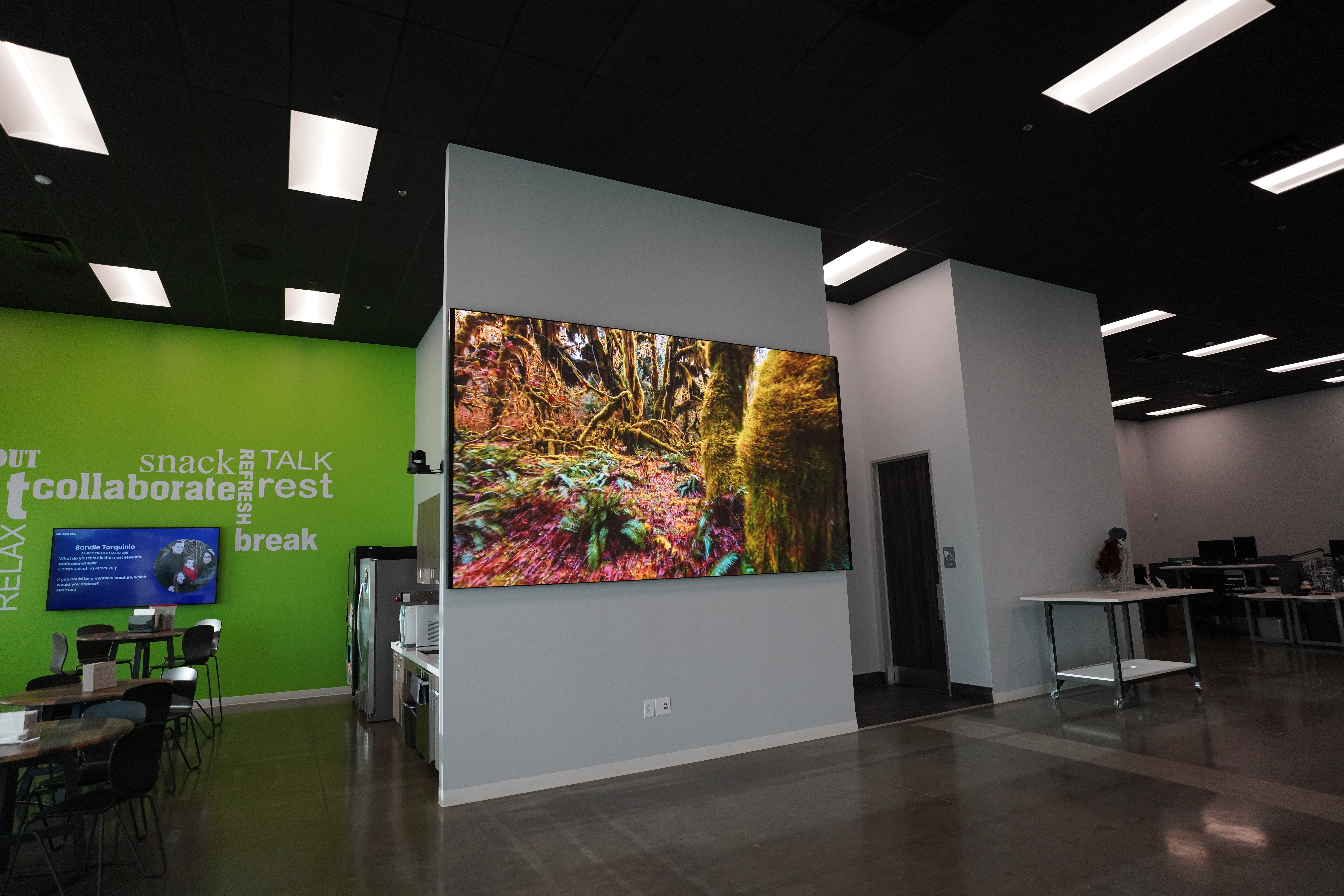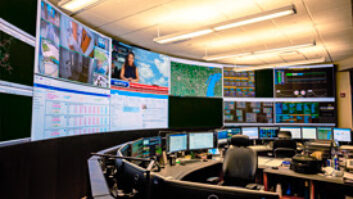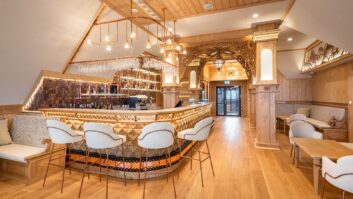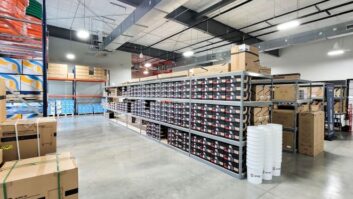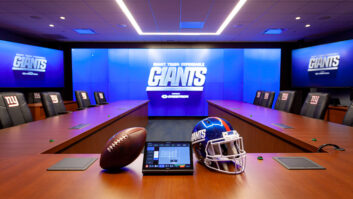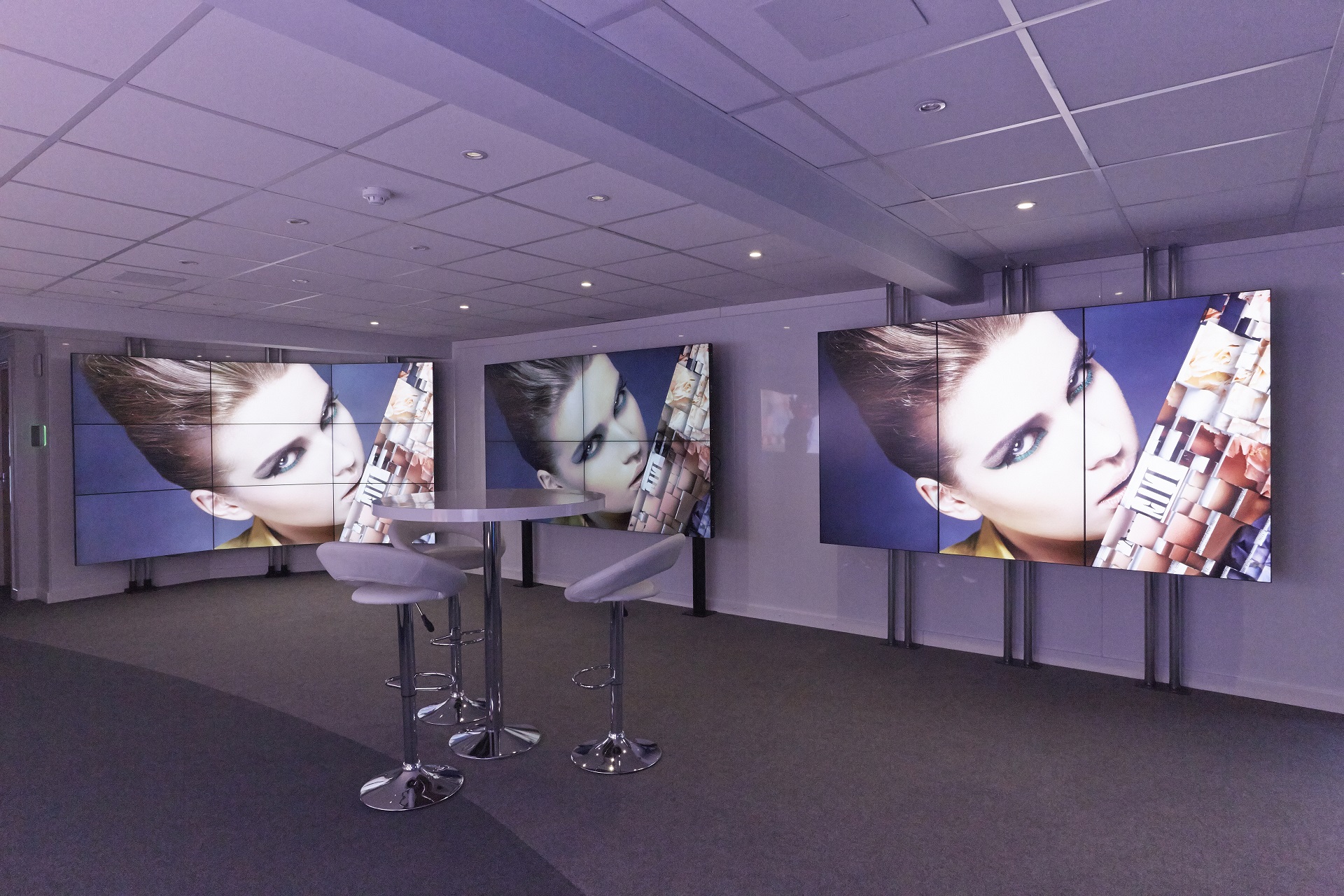
PSCo product manager Liam Norris outlines the factors to consider when selecting videowall solutions.
Over the past few years, there has been a significant increase in the use of videowalls in many applications. Due to their size, they have a high visual impact and are a great way for an organisation to get its message across. Alongside this, applications such as command and control, oil and gas exploration, and showrooms have all contributed to the growing popularity of videowalls. Today’s digital videowall solutions are ideal for dynamic digital signage and informational display needs.
New technology has been a key driving force for this growth as it has become more widely available, and more affordable for the end-user. In the main, there are two different types of display for an integrator to choose from: LCD and LED, which is emerging as a powerful alternative to the traditional choice. As flatpanel displays become ever cheaper, their appeal to end-users for use in large videowalls has increased. Manufacturers have responded by decreasing, and in some cases eliminating, bezels around the display modules, to enable uninterrupted screens to be created. Also these units contain the hardware necessary to stack similar screens together, along with connections for power, video and signals between screens. Videowalls made of LCD displays can be limited by the size of the panels available as they come in standard sizes. With LED displays, you have a smaller building block so that it is possible to be more creative and flexible with the size of your finished display.
Obviously a prime requirement when choosing a videowall is what is the client going to be using the display for? The type of application is crucial in the specification process. Depending on whether it is a retail application, boardroom environment, or a large command and control room, the type of content displayed will vary significantly; for instance, it could be images, text or a combination of both. Viewers should be able to easily read text or see images at all intended viewing distances without eyestrain. The level of detail required will affect the level of resolution for the display technology chosen. The image quality available with LED is impressive, with 3.9mm pixel pitch considered as an entry level before stepping up to pixel densities of 2mm then 1mm. The vibrant images created by the high brightness, contrast and colour combined with a truly seamless display deliver visual performance that is hard to equal.
Another consideration is location – where will the screen be placed? When considering legibility, it is important to take into account the viewing distances and the size of space that is available. Furthermore, location also comes into play for maintenance and serviceability. It is important not to overlook the requirement for rear access for LED screens, and LCD ventilation needs will have to be factored in. Also this point brings into play factors around reliability: the failure of an LCD panel will result in the need for a complete replacement, while if an LED module fails on a videowall it is possible to repair down to component level.
The importance of proper site evaluation before the specification of the technology should not be underestimated. Of course, the client may also have special requirements. For example, the desire for an interactive display, capable of communicating and reacting to the audience, such as a touchscreen or with gesture-based motion sensors.
In short it all comes down to functionality required, location and of course, budget. From a cost perspective, the higher the resolution of the LED screen, the higher the cost – but equally the more impactful the display may be. My advice is to do your research – go to a location where you can experience the different technologies, side-by-side for proper independent comparison. The PSCo Assessment Centre is the only place in the UK where you can review the very latest high-definition LED and LCD display technologies, side by side: if you’re buying a visual solution, it is best to see it perform so you can compare your choices to know which one is right for you.
